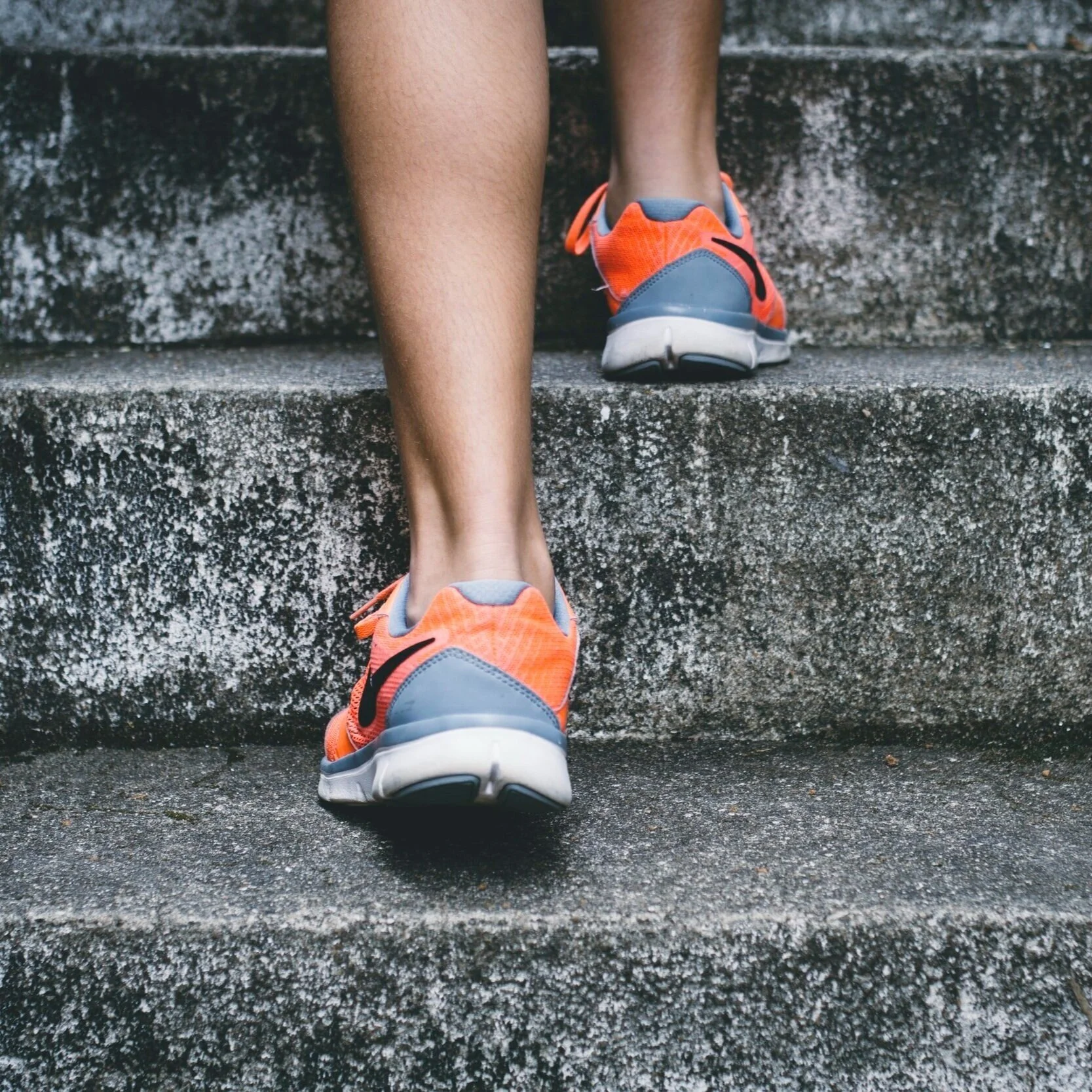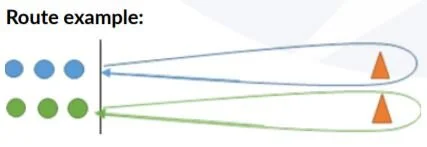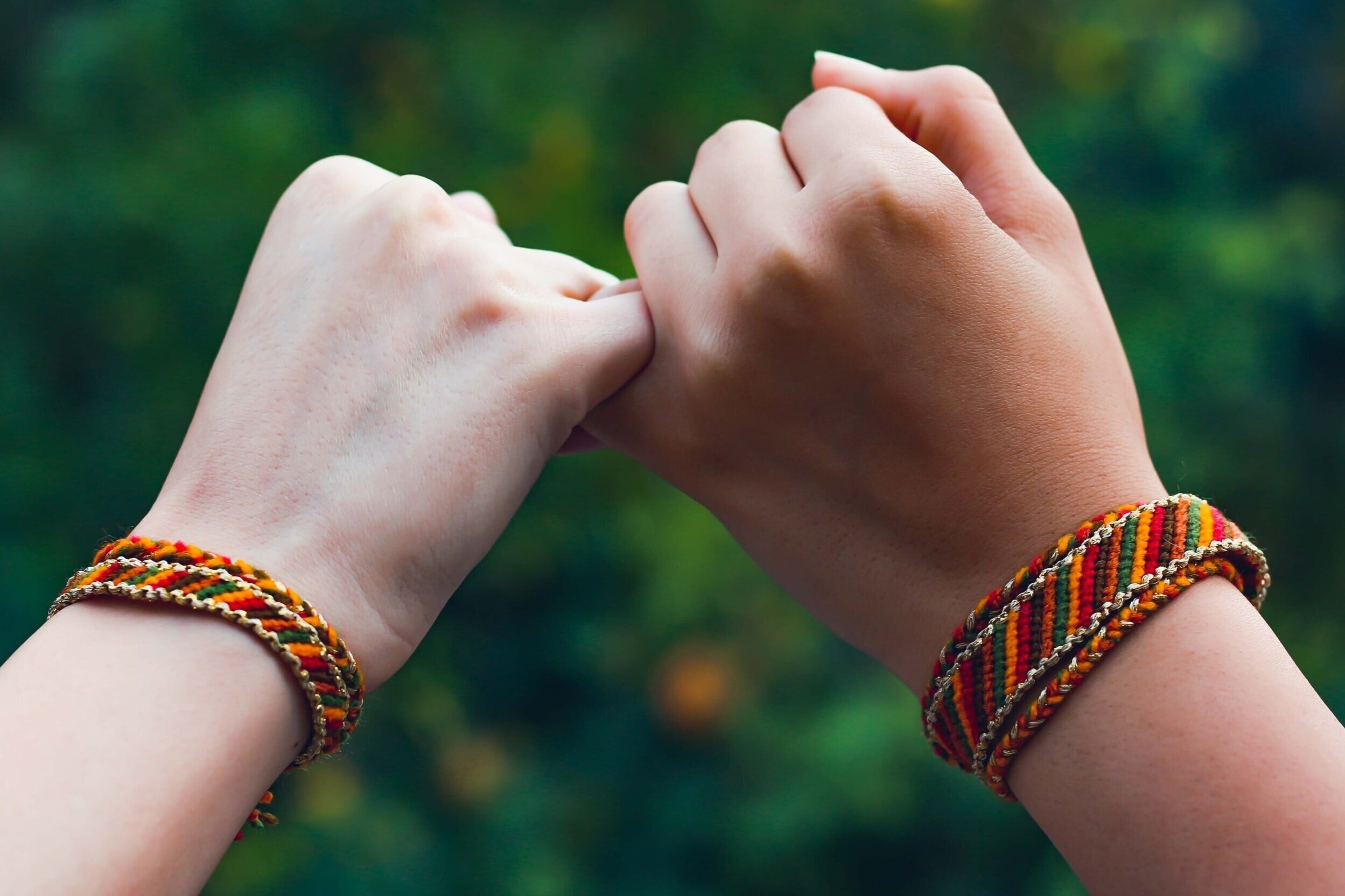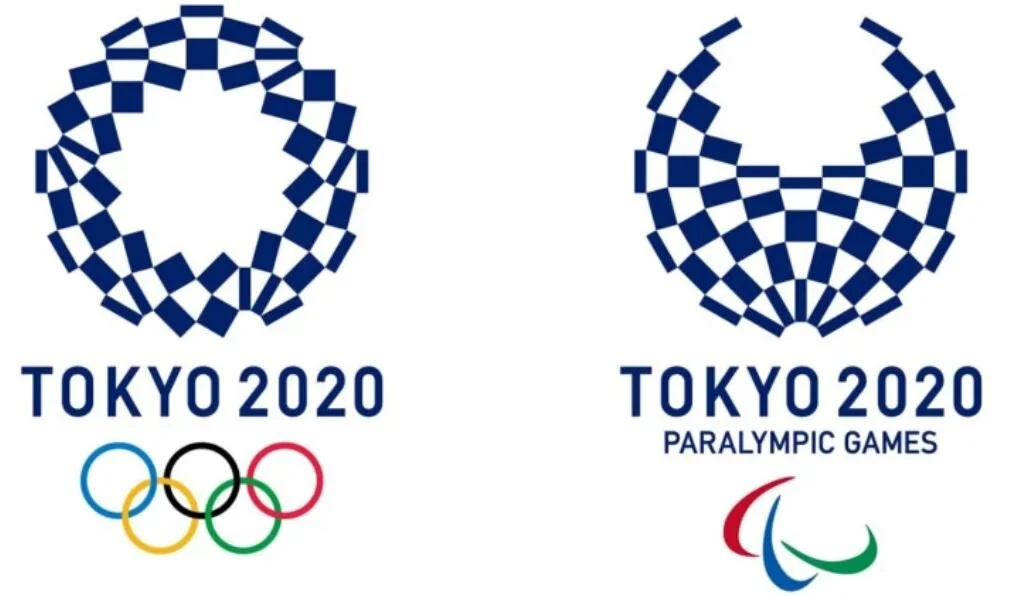This module has two sections. First, we’ll acquire fitness skills that support our bodies. Then, we’ll develop our minds through acceptance of others values and ideas. During each set of activities, we’ll learn more about traditional Japanese culture, where the 2021 Olympics will be held this summer.
Start at the beginning and work until your grade level icon says, “CLICK HERE.”
Body
“Radio Calisthenics” Exercises
In Japan, this warm-up exercise is very popular. It’s called “Radio Calisthenics” or “Radio Exercise” as we used to do this exercise while listening to the radio. It was developed in 1928 to improve Japanese citizens' health and physical fitness. It is part of the Japanese culture that children gather in a park early in the morning and do this exercise during summer holidays.
practice
Put some music on.
Rotate your arms and take a few breaths.
Cross your arms in front of your chest and spread them to the sides while bending your legs up and down.
Rotate your arms.
Lean backwards (chest out) extending your arms.
Twist your body sideways swinging your arms.
Bend your body back and forth.
Twist your body from left to right.
Stretch your arms up and down.
Bend your body diagonally downwards left and right and chest out.
Rotate your whole body.
Jump with both legs.
Spread your arms then bend and stretch your legs.
Take deep breaths while stretching both arms (slowly).
The Javelin
The Javelin was one of the five sports of the ancient Olympics. You can have fun easily with just a newspaper. Enjoy pretending that you are participating in the ancient Olympics!
HOW TO PLAY
Make an original spear using one sheet of the newspaper. Do not to use any materials to stick the paper such as tape, glue, etc. Be creative with the shape of your spear.
Once your spear is made, line up on the start line.
Throw from the start line and measure the distance to the tip of the falling spear. The player throwing the furthest wins!
Be a “Sumo” Wrestler
“Sumo” wrestling is Japan’s national sport. Why don’t you try to be a sumo wrestler?
How to Play
Players stand at the start line with their feet spread for stability with their hands on their thighs.
Together, everybody stamps their right foot then their left foot, raising it high like a sumo wrestler. Keep your hands on your thigh and shout loud “Yoisho!" (It means ‘Heave Ho!’).
When the leader say, “Hackeyoi, nockotta!” everybody starts walking. You have to walk keeping your feet spread apart and thrusting your hands forward alternately right and left. Keep saying “Nockotta, Nockotta!” till you reach the end line.
The first player to reach the end line is the winner.
Sitting Volleyball
Sitting volleyball is a sport of the Paralympic Games. Anyone can participate in this game, so let’s try and enjoy cooperating with others.
How to Play
Sit on the floor. Use your hands to keep the ball or balloon in the air and continue the game so the balloon or the ball does not fall on the floor. Let’s try it and enjoy collaborating with each other.
What Do You Do If…?
In additional to the Olympic games you may already be familiar with, there are also Paralympic Games. Like the Olympics, this is an international sports event, but athletes have a variety of disabilities. During the 2016 Rio Paralympics, 160 countries participated, and 4,328 athletes competed. Disabilities included Spinal injury, Amputee, Vision Impairment, Cerebral Palsy, Les Autres, Intellectual Disability. Learn more about Paralympic Games here: https://www.paralympic.org/
You can learn important things that people with physical disabilities must do to be safe through this activity. You will need one ball per team, signs for the turning point, and cards describing one physical disability to experience (such as: cannot use fingers, cannot use dominant arm, cannot use one leg, being blind (with escort), etc.)
How to Play
Divide participants into small groups.
Each player picks one card.
Simulating the condition written on the card you picked, carry a ball and take it along the designated route.
Pass the ball to the next player when you come back to the start line.
When all members of the team finish, they sit down as a sign that the competition has ended.
The team that sits down first wins!
After the activity, share the experience with team members:
How did you feel experiencing disability?
How did you manage?
What kind of support do you think would be needed?
What kind of challenges do athletes with disabilities face?
Mind
Hold Hands and Make a Circle of Peace!
Olympic and Paralympic Games promote world peace and international friendship. Through sports, we recognize and honor each other, regardless of race, religion or nationality.
At camp, we close our Thursday evening campfire with a friendship circle. Everybody forms a giant circle, crosses their right arm over their left, holds hands with their neighbors, and sings Linger before twisting the entire circle outwards.
In Japan, people traditionally sing this song: “Nahbe, Nahbe, Soko-nuke, Soko-ga nuke-tara, Kawelimasho” (meaning: Pot, Pot, you have no bottom, we will go home if you have no bottom.). Through this activity, you will be able to feel the importance of “Cooperation” and “Peace”.
How to play
Make a circle with everybody holding hands. Sing a song as you swing your hands. You can choose any traditional song and/or nursery rhyme that everybody knows.
At the end of the song, everybody will turn around keeping the hands held! Do not let go of each others' hands!
Repeat two or three times.
Take it further:
Discuss with your group the friendship bonds within your group.
Discuss with your group about the importance of “Peace” and “Cooperation”.
Award Your Friend, Award Yourself
In ancient Greece, the awards of the athletes at the Olympic Games were crowns made of olive branches. This tradition is carried outs till today.
To celebrate this tradition, make two crowns or friendship bracelets. Then present one to a friend or family member while praising him/her for something positive.
Choice 1: Branch Crown
Materials
Soft tree branches so that you can bend to make a crown.
Vine or olive leaves, flowers, nuts, dried fruits, etc.
Glue.
How to Play
Bend the branches so that they take the shape of a crown, then weave or glue the leaves and the dried fruits on the branches.
Choice 2: Friendship Bracelet
Materials
Embroidery Thread OR
Beads and String/Yarn
How to Play
If making a string bracelet, braid the threads together for at least five inches. If you want to try a fancier braiding pattern, try one of these: https://www.thesprucecrafts.com/friendship-bracelet-patterns-4780552
If making a beaded bracelet, string your favorite beads on a piece of string or yarn. Tape can wrapped around the end of your string/yard to make threading beads easier. Once you have the length you want, tie your bracelet closed using a knot you learned yesterday during camp.
Relay the Torch!
Did you know that the torch carried by the Olympic torch bearers weighs about 2 pounds?
At Tokyo 2020, one torch bearer will run between 200 to 300 meters holding the torch.
Find something that weighs about 2 pounds and experience how heavy it is.
Imagine you are running holding it high. Run a short distance and relay to another member of your group or family like the Olympic torch bearers.
What is the Meaning of the Emblem?
Have you seen the emblems of The 2020 Tokyo Olympic and Paralympic Games? Let’s think about the meaning of these emblems!
How to Play
Examine the emblems above.
Reflect on what the meaning of these emblems could be.
Share your ideas with the group or family.
Research the meaning of the emblems at the official website of Tokyo 2020: https://olympics.com/tokyo-2020/en/games/emblem/
If the Olympic and Paralympic Games were held in your country or city, what design would be suitable? Design your own emblems.
Share your designs, themes, and the meanings of emblems.
Healthy Eating
Athletes need to take care of and keep developing their body with food in addition to physical training. What is your favorite food? Are you aware of the importance of healthy eating?
Find out what kind of nutrition and how much food you need per day. What types of food are better for you? How do you eat these foods? If you are looking for a place to start your research, check out MyPlate: https://www.myplate.gov/eat-healthy/what-is-myplate
Create your menu for one day, and eat healthy. Next, try it for a week.
The activities from this module were designed by the Girls Scouts of Japan. We are thankful for the World Association of Girl Guides and Girl Scouts and the Girl Scouts of Japan for creating and publishing the Olympia Badge 2020 activity pack. If you would like to complete further Olympia Badge 2020 activities, click the button below to download their English, French, Spanish, or Arabic packets.
Celebrate! Send us a picture or video of you completing an Olympic games activity.
Let us know what you loved about the Olympic games activities and what we can improve.
Return to the main Virtual Camp page to complete Wednesday’s closing activity.




























